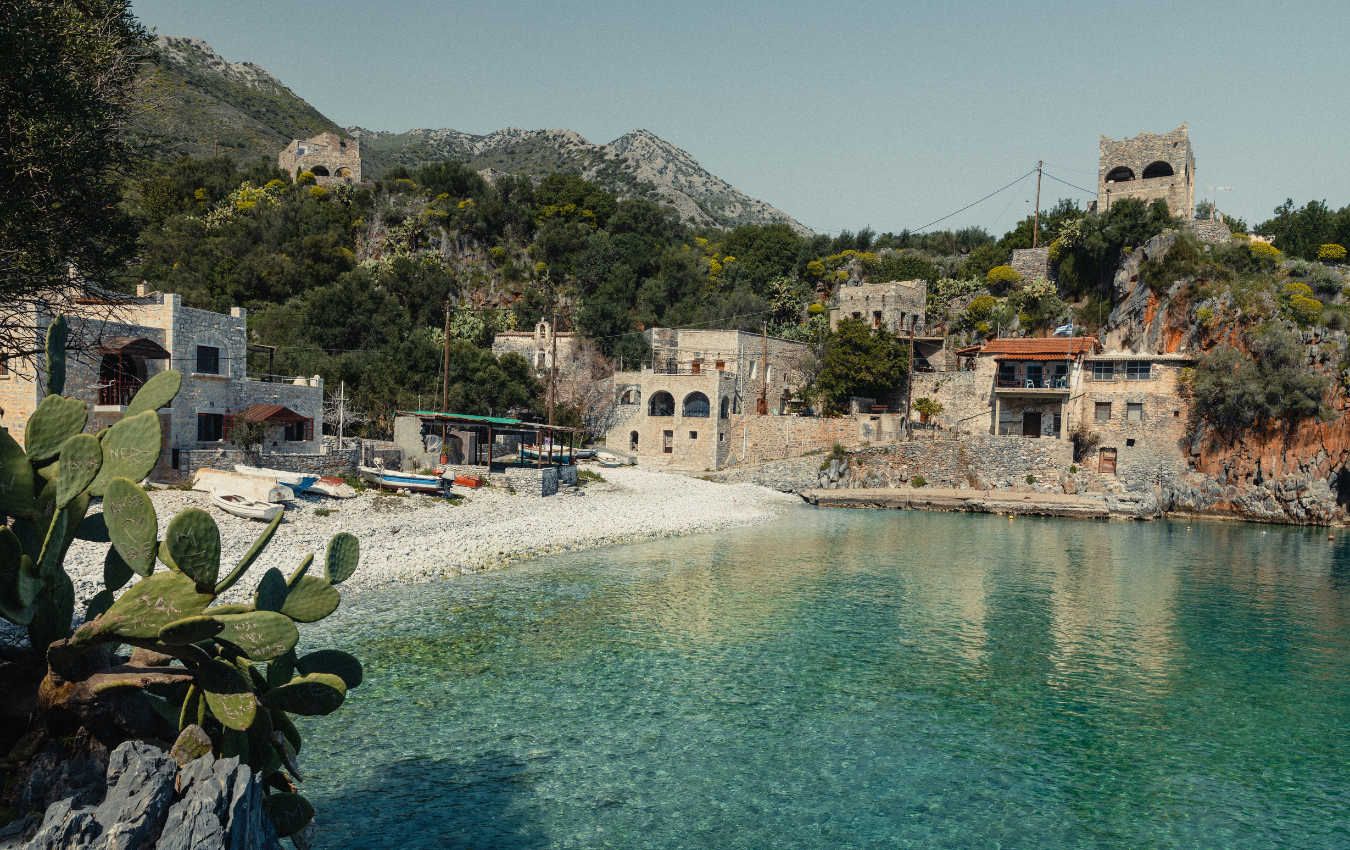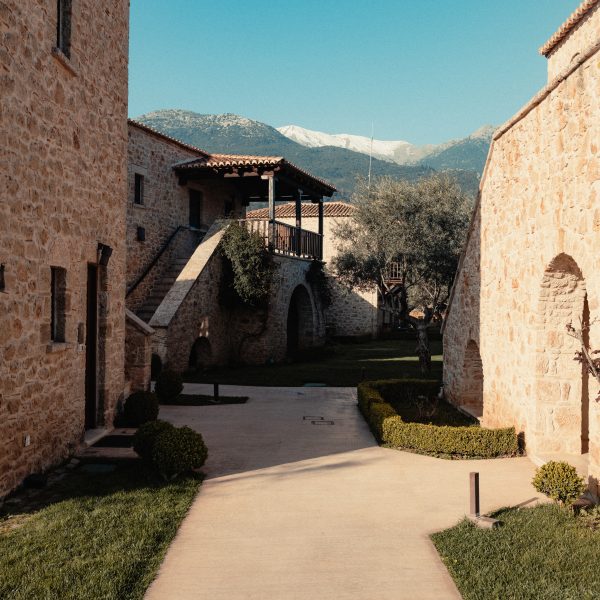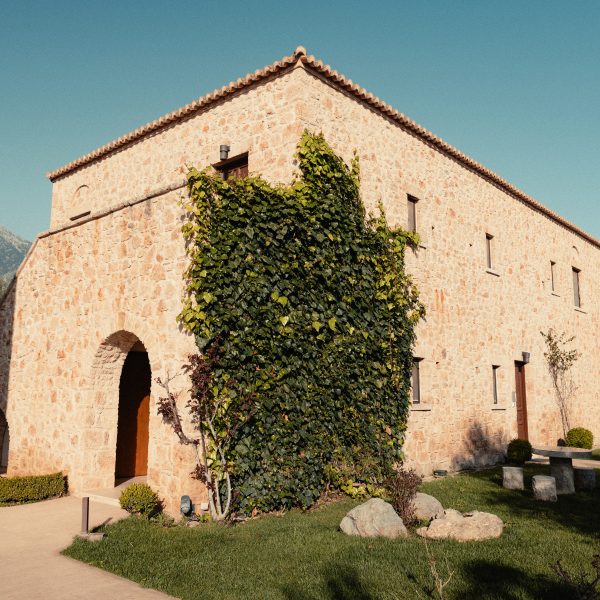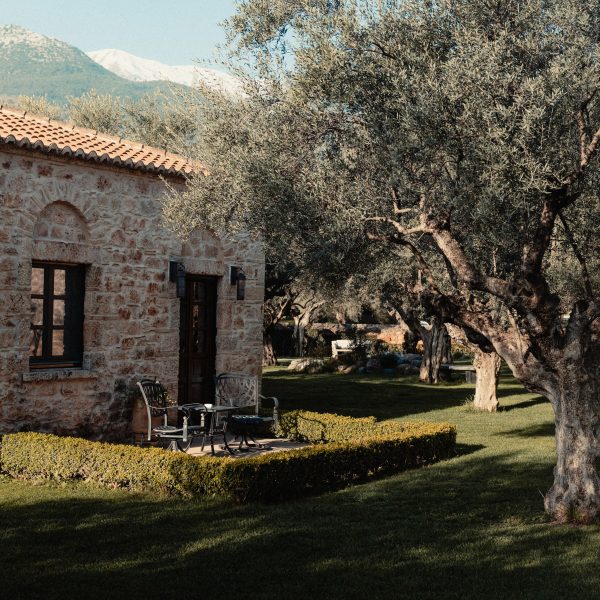Planning a trip to the Peloponnese? You’re in for an incredible adventure! This region of Greece is a dream destination for history lovers, beach seekers, and outdoor adventurers. With its ancient ruins, charming villages, dramatic landscapes, and untouched coastline, the Peloponnese offers a truly authentic Greek experience—without the crowds of the islands.
Table of Contents
ToggleIn this guide, I’ll walk you through everything you need to know to plan the perfect trip, from what to pack and travel costs to accommodation and transport tips. Let’s dive in!
What to Pack for the Peloponnese?
Packing for a trip to the Peloponnese depends on the season, but whether you’re visiting in spring, summer, or autumn, some essentials will make your journey more comfortable.

Must-Have Essentials for Your Peloponnese Adventure
✔ Hiking Shoes – Many archaeological sites and hikes have rocky, uneven terrain, so sturdy footwear is a must.
✔ Mosquito Repellent – Especially in the summer months, you’ll thank me for this one!
✔ Swimwear & Quick-Dry Towel – The beaches in the Peloponnese are stunning, and you’ll want to jump in every chance you get.
✔ Sun Protection – The Greek sun can be harsh, even outside peak summer. Pack sunscreen, sunglasses, and a hat to stay protected.
✔ Breathable Clothing & Layers – Days can be hot, but mountain villages like Dimitsana and Vytina get cooler at night. Bring a light jacket or cardigan.
✔ Reusable Water Bottle – Tap water is drinkable in most places, and staying hydrated is key when exploring ruins or hiking.
✔ Power Bank & European Plug Adapter – You’ll be relying on your phone for navigation and photography, so don’t let it die on you!
✔ Camera & Travel Gear – The Peloponnese is one of the most photogenic places in Greece. If you’re curious about my camera setup, check out my Amazon gear list here.
Having the right travel essentials will make your trip smoother and help you make the most of your Peloponnese itinerary.
How Much Does a Trip to the Peloponnese Cost?
One of the best things about the Peloponnese is that it’s more affordable than the popular Greek islands. Here’s a breakdown of the costs you can expect for a 7-day trip.
Car Rental & Transportation Costs:
🚗 Car Rental – Prices vary depending on the season, but we paid £41 for a week through Booking.com for a manual Volkswagen Polo (2024 model). If you’re on a tight budget, you can find rentals as low as £14 per week, but these often require a shuttle to pick up the car. I recommend filtering for airport pickup to save time.
⛽ Petrol Costs – Gas prices are around €1.77 per liter, which is relatively expensive for Greece. Expect to spend around €80-€120 for a full itinerary.
🛣️ Motorway Tolls – The drive from Athens to the Peloponnese involves a few toll roads costing around €14. If you follow my 7-day Peloponnese itinerary, you’ll likely spend €45 in total on tolls.
Accommodation in the Peloponnese
The cost of accommodation in the Peloponnese varies depending on the season and location. Prices range from 20€ per night for a budget guesthouse to 200€ per night for a luxury stay.
🏨 Where We Stayed: We made Mystras Grand Palace Resort & Spa our base for the week. It was the perfect combination of comfort, history, and relaxation—check out my full hotel review here: Mystras Grand Palace Resort Review.
Food & Dining Costs
Greek food is delicious and affordable, and the Peloponnese is no exception!
🍢 Budget Meals: You can find souvlaki for as little as 3€, and a traditional Greek salad costs around 5-8€.
🍽️ Mid-Range Dining: Expect to pay 12-18€ for a seafood or grilled meat dish at a local taverna.
🍷 Fine Dining: A more upscale meal with wine will cost around 25-40€ per person.
On average, we spent around 20€ per person per day on food, focusing mainly on local tavernas and authentic Greek dishes.
Sightseeing & Activity Costs
The Peloponnese is filled with historical landmarks, natural wonders, and hidden gems, many of which are completely free to visit!
🏛 Archaeological Sites & Museums: Entrance fees range from €3 to €12, depending on the season (winter is cheaper).
🌊 Beaches & Hiking: Most outdoor activities in the Peloponnese—including its stunning beaches and hiking trails—are completely free!
If you’re visiting major sites like Ancient Olympia or Mystras, booking a VR tour can make the experience more immersive. I recommend you this one: “Olympia: Tour with Virtual Reality and Audio“
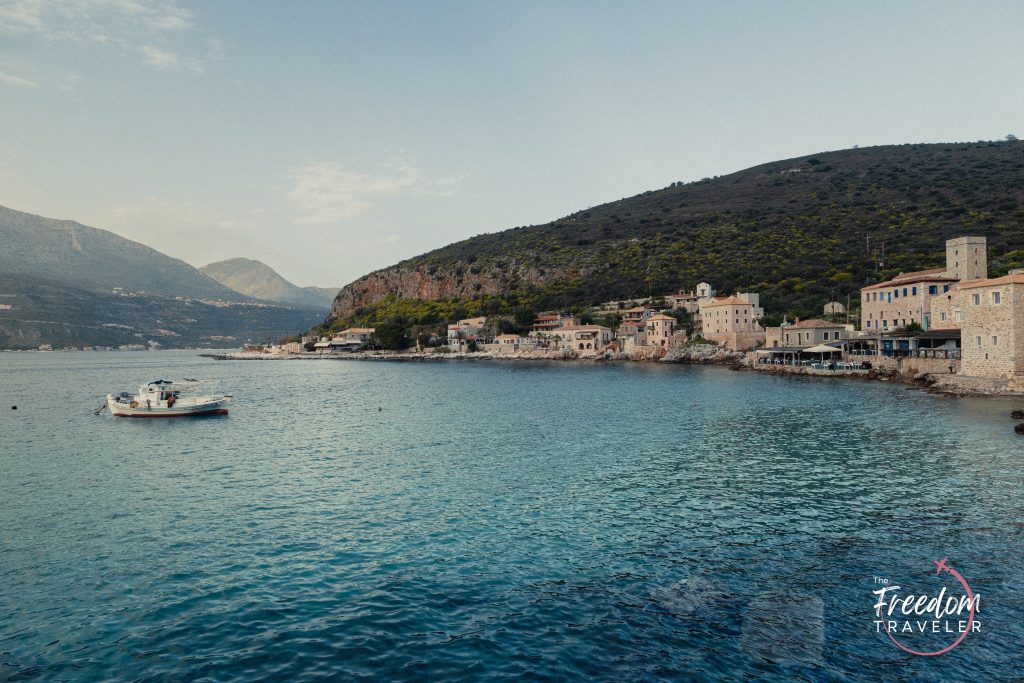
How to Get to the Peloponnese
The easiest way to get to the Peloponnese is by flying into Athens and renting a car.
✈ Flights: We flew to Athens from London Gatwick with Sky Express. To find the best flight deals from your city, check this link.
🚗 Driving: The drive from Athens to the Peloponnese takes about 3 hours, depending on your final destination.
🚌 Public Transport: Buses exist, but they are limited. If you want to explore the region properly, a rental car is highly recommended.
Is the Peloponnese Worth Visiting?
Absolutely! If you’re looking for a Greek adventure beyond the islands, the Peloponnese is an incredible destination. With its ancient ruins, charming villages, stunning beaches, and scenic mountain roads, it’s perfect for travelers who love history, nature, and authentic local experiences.
Before you go, don’t forget to check out my 7-day Peloponnese itinerary here for the ultimate guide on where to go, what to see, and how to plan your trip! 🚗💙

